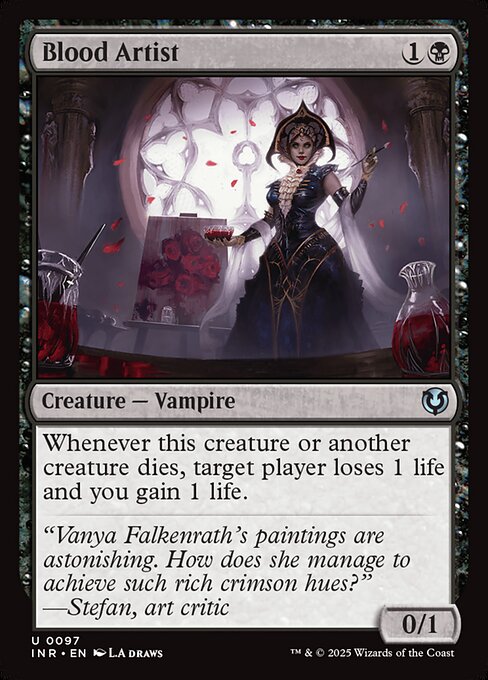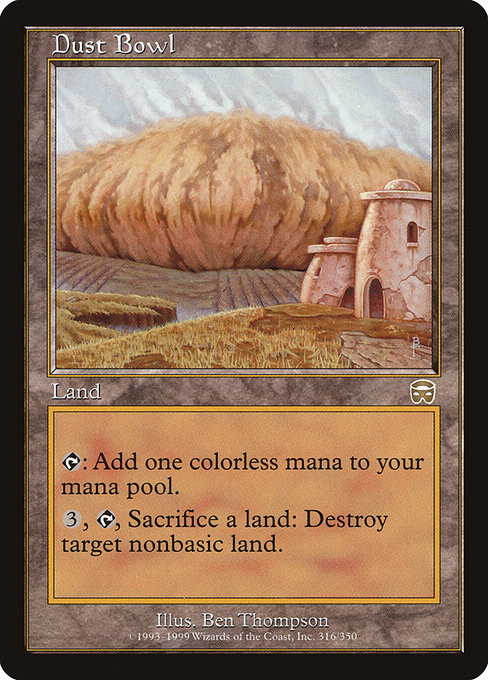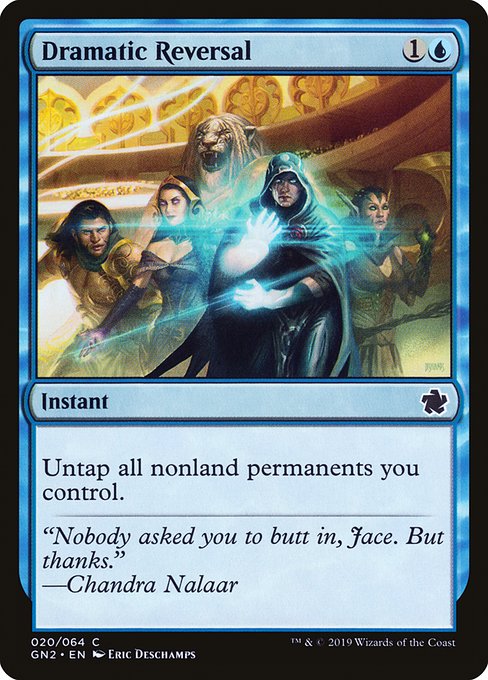Deck & Commander Strategies

Elas il-Kor, Sadistic Pilgrim
The deck strategy focuses on aristocrats-style gameplay, sacrificing creatures for value.

Sheoldred, the Apocalypse
This deck aims to gain card advantage and manipulate life totals, with a focus on forcing opponents to lose life.

Stenn, Paranoid Partisan
The deck leverages wizards and instant/sorcery spells to control the board and gain advantage.

Soul of Windgrace
The strategy revolves around land recursion and forcing opponents to sacrifice lands, disrupting their game plan while gaining value.
Gameplay Insights
- 1
The early Austere Command had a significant impact, destroying key creatures and enchantments, and setting the stage for the rest of the game.
- 2
The Sheoldred player's use of Blood Artist and life manipulation was a major influence on the game's direction.
- 3
The use of land recursion and land destruction by the Soul of Windgrace player disrupted other players' strategies.
- 4
The Dramatic Reversal combo was a game-changing play, dictating the game's outcome.
Notable Cards
-

Sol Ring
-

Austere Command
-

Blood Artist
-

Dust Bowl
-

Dramatic Reversal
Gameplay Summary
The game started off with the players playing their lands and setting up their board states.
Stenn, Paranoid Partisan player made some early aggressive moves with a turn one Sol Ring.
However, the Sheoldred, the Apocalypse player quickly gained an advantage with card draw and life loss effects.
The game took a dramatic turn when an Austere Command was played, destroying all creatures that cost four or more and all enchantments.
This led to significant life loss for all players due to the blood artist triggers.
The game continued with back and forth exchanges, with players making strategic plays to maintain board presence and life totals.
The Soul of Windgrace player made a significant impact by returning lands from the graveyard and forcing other players to sacrifice lands via Dust Bowl.
In the end, the game was decided by a dramatic reversal combo, causing a shift in power and leading to the victory.


















![New Dominaria United Commanders [Commander VS 306] | Magic: the Gathering Commander Gameplay thumbnail](https://i.ytimg.com/vi/ojGzEzd3Csc/sddefault.jpg)


![Najal vs Dihada vs Jhoira vs Soul of Windgrace [EDH/Commander, Magic The Gathering Gameplay 2022] thumbnail](https://i.ytimg.com/vi/nhLIo3RfbP8/sddefault.jpg)



![Windgrace Lands vs. Ertai Storm [Duel Commander-EDH] - Magic: The Gathering thumbnail](https://i.ytimg.com/vi/gwKP83ZLVw4/sddefault.jpg)









![Budget Brews from Dominaria United [Commander VS 307] | Magic: the Gathering Commander Gameplay thumbnail](https://i.ytimg.com/vi/sdB8Qr2w2Go/sddefault.jpg)




![Ep 1: Jarred v Jedit v Elas v Jaxis commander / [EDH gameplay] thumbnail](https://i.ytimg.com/vi/fOXepOqTRcA/sddefault.jpg)

